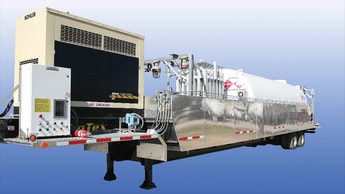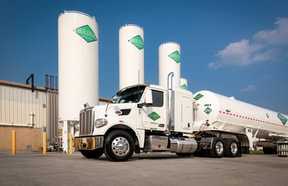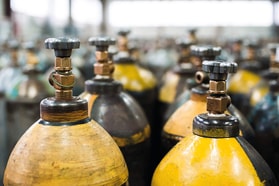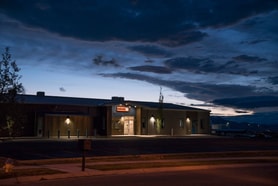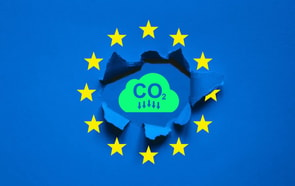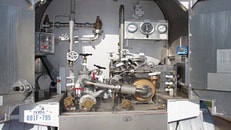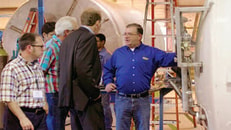The LNG Mobile Refueler
The dominance of oil-based energy, such as gasoline and diesel, has kept the investment in liquefied natural gas (LNG) infrastructure modestly restrained. With recent oil price hikes, reports of new natural gas reserves being discovered, and continued environmental pressure for cleaner-burning fuels, however, LNG is expected to play a larger role in meeting future energy needs.
LNG is natural gas (NG) that has been cooled to the point at which it condenses to a liquid. This is done primarily for transportation and storage reasons as LNG takes up 1/600 the space of NG in its gaseous state, giving LNG very large logistics and cost advantages over NG. Condensing natural gas to LNG also makes it possible for LNG to be moved from NG extraction points (gas fields) to end-users around the world without a pipeline. LNG is delivered via tankers to regasification terminals, where it is converted back to natural gas. At this point it can be stored or delivered directly to a pipeline.
LNG in Transportation
The majority of our oil is now refined and used as transportation fuel. LNG stands to become a bigger player in this market as a substitute for increasingly expensive traditional fuels. Vehicles and engines are now being manufactured or retrofitted to use LNG in place of diesel fuel and gasoline. The expectation is that LNG-powered vehicles will lower operating costs due to LNG’s lower price tag. Additionally, a reduction in maintenance costs for LNG-fueled vehicles versus diesel vehicles is anticipated. LNG is already making inroads as a direct replacement for diesel fuel in heavy-duty vehicles such as buses and delivery trucks. Some companies are even converting their entire truck fleets to LNG.
The Infrastructure Challenge and Solution
LNG powered vehicles face the challenge of having a secure and dependable fuel supply. To make LNG a practical and economical fuel, its proper delivery and dispensation needs to be reliable and assured. For example, fueling stations must be available within an acceptable range of the vehicle’s area of operation. Without confidence in the LNG infrastructure, demand for LNG vehicles will not expand.
... to continue reading you must be subscribed


